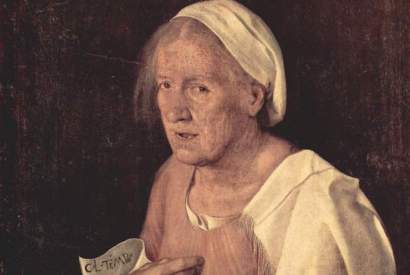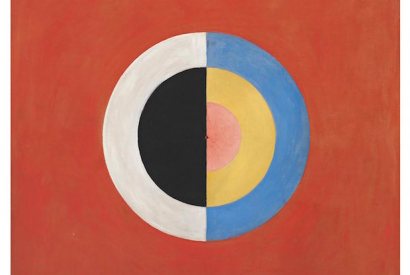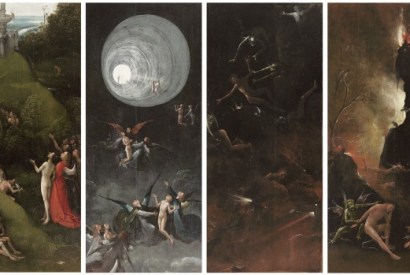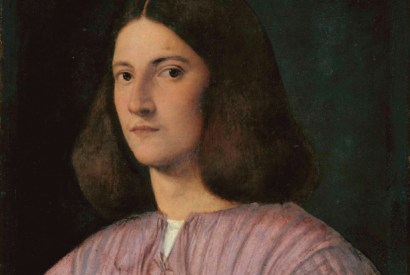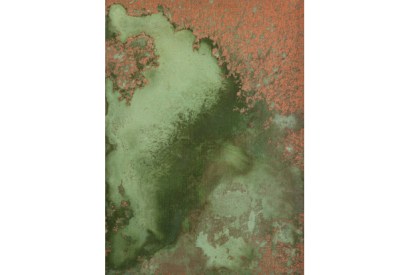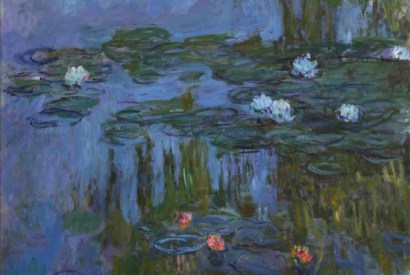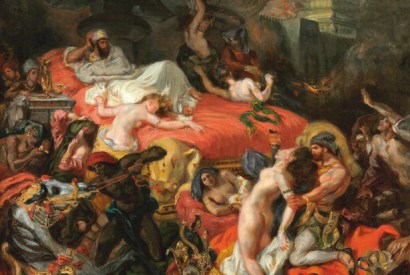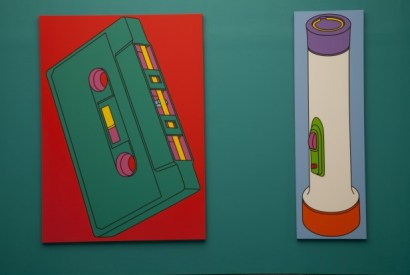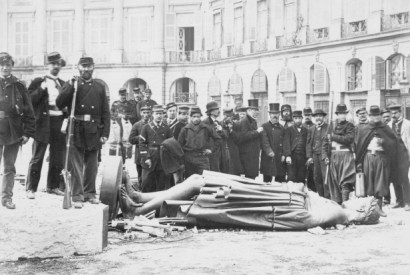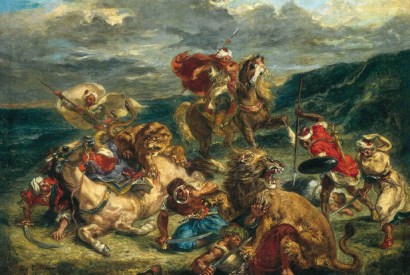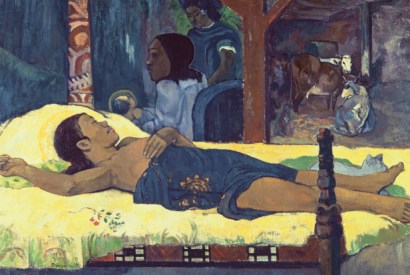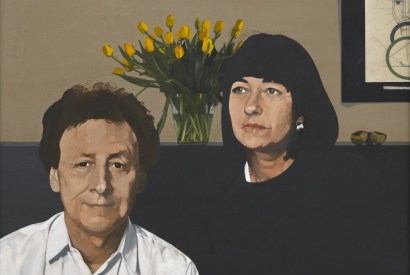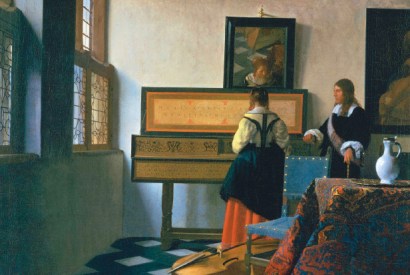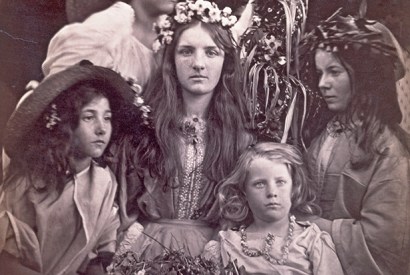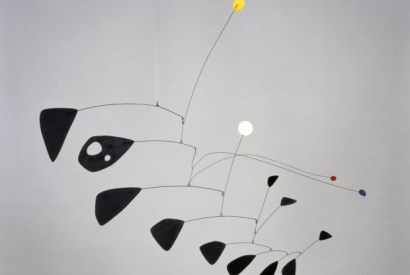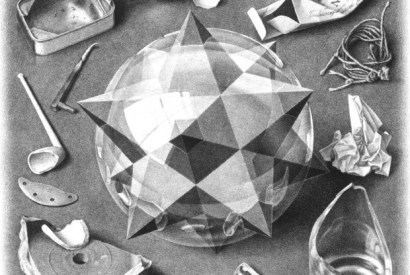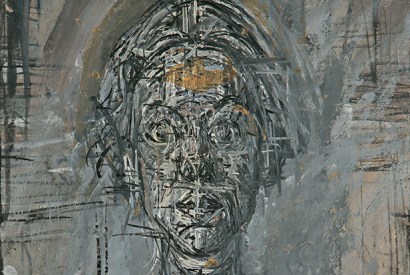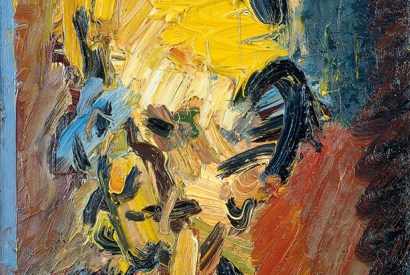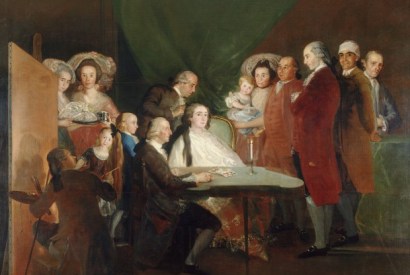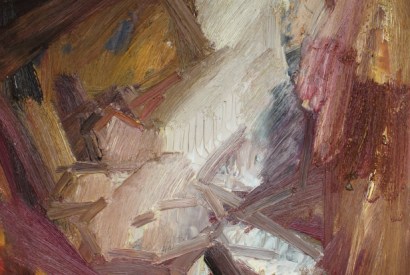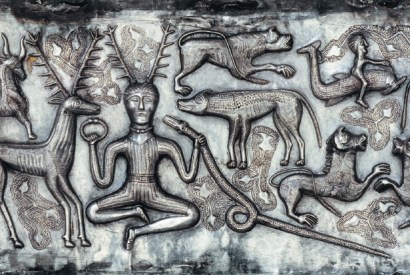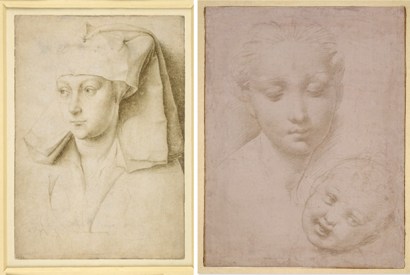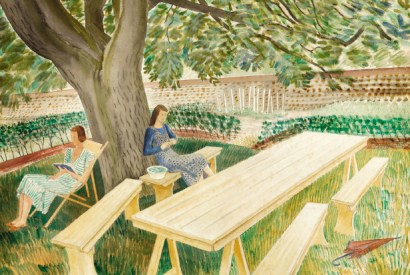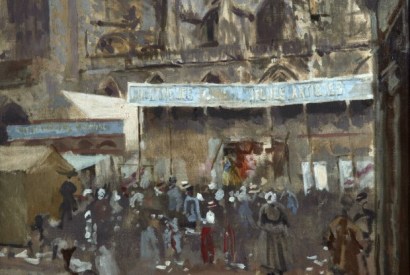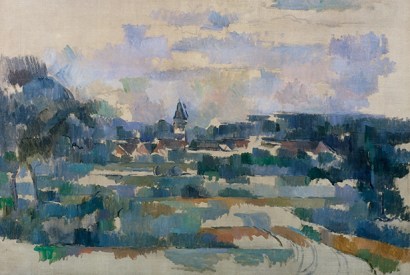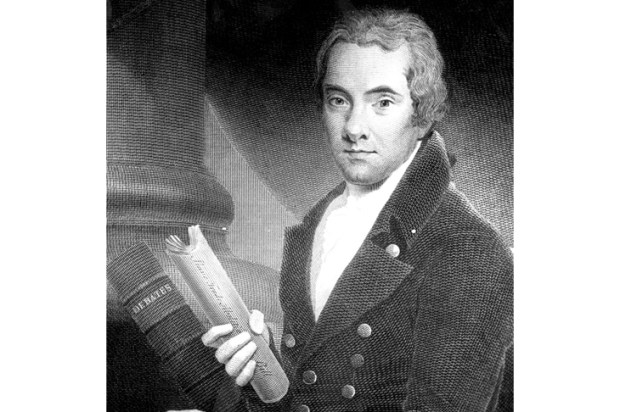RA’s Giorgione show is so rich it’s worth returning to several times
Walter Sickert was once shown a room full of paintings by a proud collector, who had purchased them on the…
Hell made fun – the joy of Hieronymus Bosch
The 20th-century painter who called himself Balthus once proposed that a monograph about him should begin with the words ‘Balthus…
Renaissance master? Rascal? Thief? In search of Giorgione
Question-marks over attribution are at the heart of a forthcoming Giorgione exhibition. Martin Gayford sifts through the evidence
Warhol the traditionalist: the Ashmolean Museum show reviewed
When asked the question ‘What is art?’, Andy Warhol gave a characteristically flip answer (‘Isn’t that a guy’s name?’). On…
The link between herbaceous borders and the avant-garde
Philip Larkin once remarked that Art Tatum, a jazz musician given to ornate, multi-noted flourishes on the keyboard, reminded him…
Eugene Delacroix foresaw the future of society not just art
Delacroix’s frigid self-control concealed an emotional volcano. Martin Gayford explores the paradoxes that define the apostle of modernism
Cool, beguiling, Duchampian set of still lives from Michael Craig-Martin at the Serpentine Gallery
Michael Craig-Martin has had a paradoxical career. He is, I think, a disciple of Marcel Duchamp. But the latter famously…
A short history of statue-toppling
Sculptural topplings provide an index of changing times, says Martin Gayford
Galleries are getting bigger - but is there enough good art to put in them?
Martin Gayford recommends the exhibitions to see — and to avoid — over the coming year
Why would a dissolute rebel like Paul Gauguin paint a nativity?
Martin Gayford investigates how this splendid Tahitian Madonna came about and why religion was ever-present in Gauguin's art
How pop is Peter Blake?
Painters and sculptors are highly averse to being labelled. So much so that it seems fairly certain that, if asked,…
Artistic taste is inversely proportional to political nous
‘Wherever the British settle, wherever they colonize,’ observed the painter Benjamin Robert Haydon, ‘they carry and will ever carry trial…
Julia Margaret Cameron: the Leonardo of photography
Ruskin dismissed Julia Margaret Cameron’s photographs as untrue. But, argues Martin Gayford, the same could be said of any picture
Alexander Calder: the man who made abstract art fly
One day, in October 1930, Alexander Calder visited the great abstract painter Piet Mondrian in his apartment in Paris. The…
M.C. Escher: limited, repetitive, but he deserves a place in art history
‘Surely,’ mused the Dutch artist M.C. Escher, ‘it is a bit absurd to draw a few lines and then claim:…
Repetitive but compelling: Giacometti at the National Portrait Gallery reviewed
One day in 1938 Alberto Giacometti saw a marvellous sight on his bedroom ceiling. It was ‘a thread like a…
With this Tate Britain exhibition, Frank Auerbach joins the masters
No sooner had I stepped into the private view of Frank Auerbach’s exhibition at Tate Britain than I bumped into…
Why did Goya’s sitters put up with his brutal honesty?
Sometimes, contrary to a widespread suspicion, critics do get it right. On 17 August, 1798 an anonymous contributor to the…
On the frontiers of figuration, abstraction and total immateriality
The artist, according to Walter Sickert, ‘is he who can take a piece of flint and wring out of it…
How silverpoint revolutionised art
Marshall McLuhan got it at least half right. The medium may not always be the entire message, but it certainly…
The only art is Essex
When I went to visit Edward Bawden he vigorously denied that there were any modern painters in Essex. That may…
Between the death of Turner and advent of Bacon, there was no greater British painter
Walter Sickert was fluid in both his art and his personality: changeable in style and technique, mutable in appearance —…
I can’t stop thinking about the Courtauld’s Unfinished exhibition
A while ago, David Hockney mused on a proposal to tax the works of art stored in artists’ studios. ‘You’d…

